By Eric T. Baker
Battlegoat Studio’s Supreme Ruler 2010 for the PC has the look of an old school, tabletop, map-and-counters-wargame, but it has the video game smarts that make it vastly more playable than a board game with this much detail would be. Set in a fractured future where no nation of any size survives, the player’s goal is to reunite people. Whether this takes the form of something relatively simple like getting the new nations of the British Isles back together, or something tremendously difficult like conquering the whole world, is up to the player.
The big rule book and long, non-interactive tutorial make SR2010 seem, at first glance, harder than it is. In practice, the player recruits ministers to run six departments in the government: defense, military operations, state, treasury, commerce, and interior. If the ministers, who have their own personalities and political leanings, are chosen with care and if the priorities are assigned to them realistically, the player can almost sit back and let their country go. SR2010 is a strategy game at the highest level. Micromanaging is possible, but the best results come from picking the right people, charting them a course, and then letting them steer it.

A completely different strategy game that is set at the other end of history is the expansion of last year’s Rome: Total War. Where the first game modeled the creation of the Roman Empire, R:TW: Barbarian Invasion models the Empire’s fall. When the game opens, the Empire is already split into east and west. Players can take command of one or the other, or they can manage one of the many barbarians surrounding the divided Empire, including the Huns.
The biggest difference between the original game and BI is the improved artificial intelligence. In the R:TW, the AI would travel the map in historically plausible but tactically inadequate armies. Players who kept together large forces were almost never in danger of losing a battle. Now the AI plays the game on the same terms, forcing the players to spend more thought on battlefield tactics. At the same time, managing the Empire between battles has gotten easier as the cities are now less likely to riot. R:TW was a terrific game, and BI gives players ample reason to return to it.
A new game this month with no strategy element at all is SOCOM 3: US Navy SEALs. This is the third version of the premier on-line shooting game for the PS2. The PS2 is not really known as a platform for on-line gaming, but players who enjoy pitting themselves against other humans in shooting games will find SOCOM 3 a blast. The map size has been increased, vehicles have been added, and the number of players allowed has doubled to 32. There are new multi-player game modes, but most of the interest is in the traditional modes that have been made fresh and shiny by the all the new toys.

SOCOM 3 has three single-player campaigns in addition to its on-line play. In these games, players take the role of a squad leader and command a team of Navy SEALs in missions that span the globe and include everything from simple search and destroy to kidnapping enemy officers. With the new, larger maps, the game now has save points and restocking points so that players don’t have to replay entire huge levels when they die. The new vehicles also allow players to get around the new levels with more speed—and more fire power. The miniguns on the gunboats are particularly satisfying to shoot, but all the guns in the game give good feedback, both in controller vibration and the graphic results of the shots.

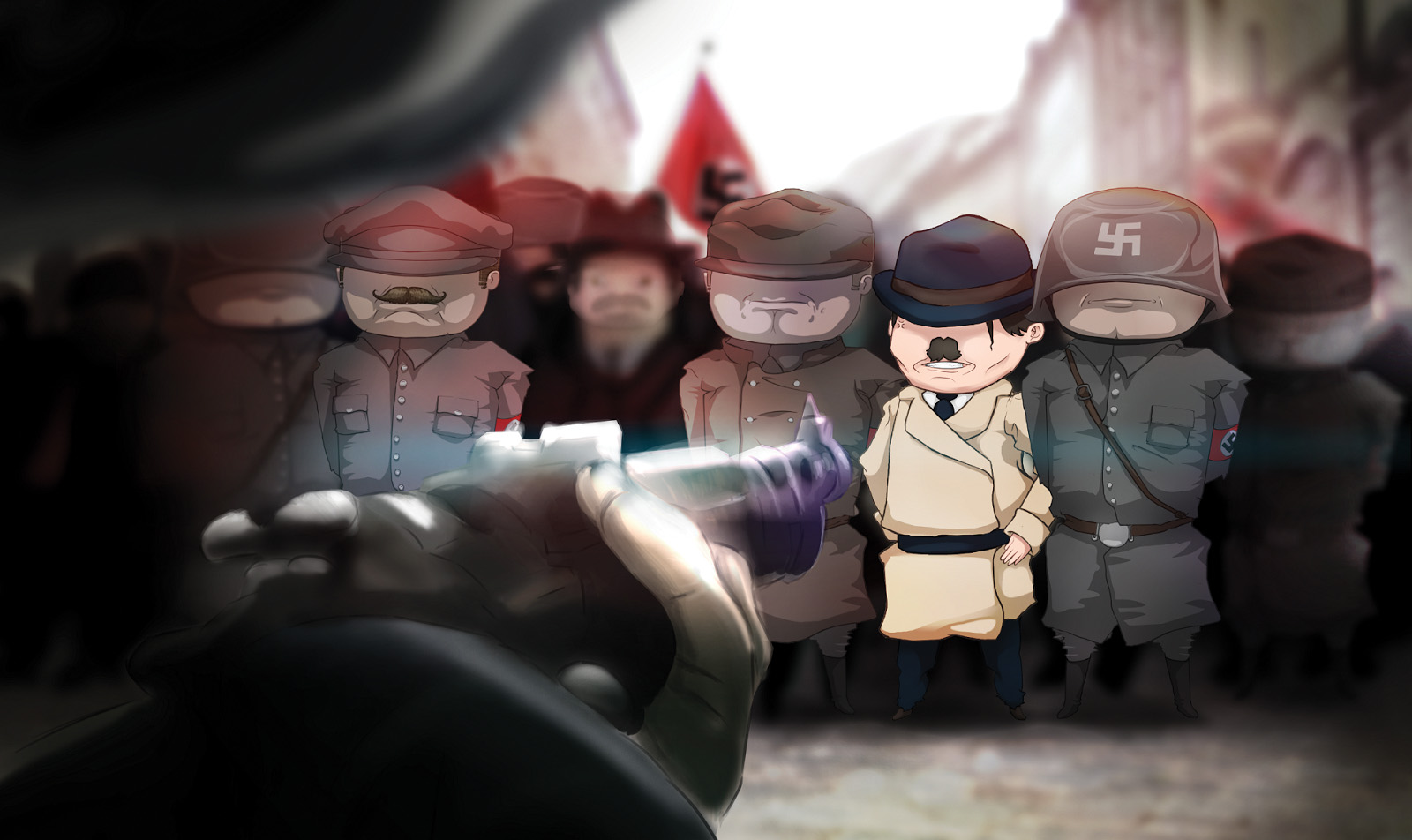
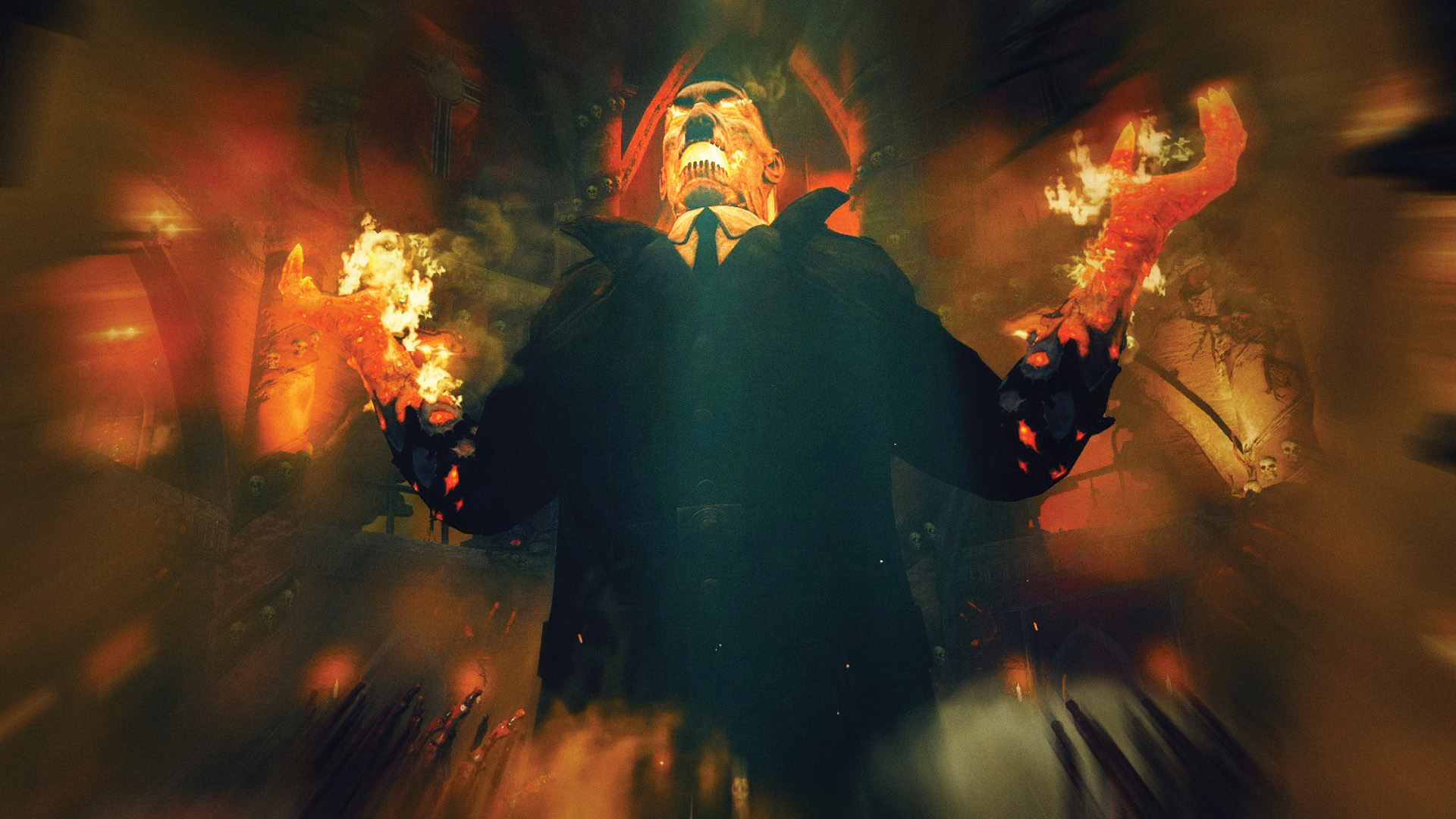
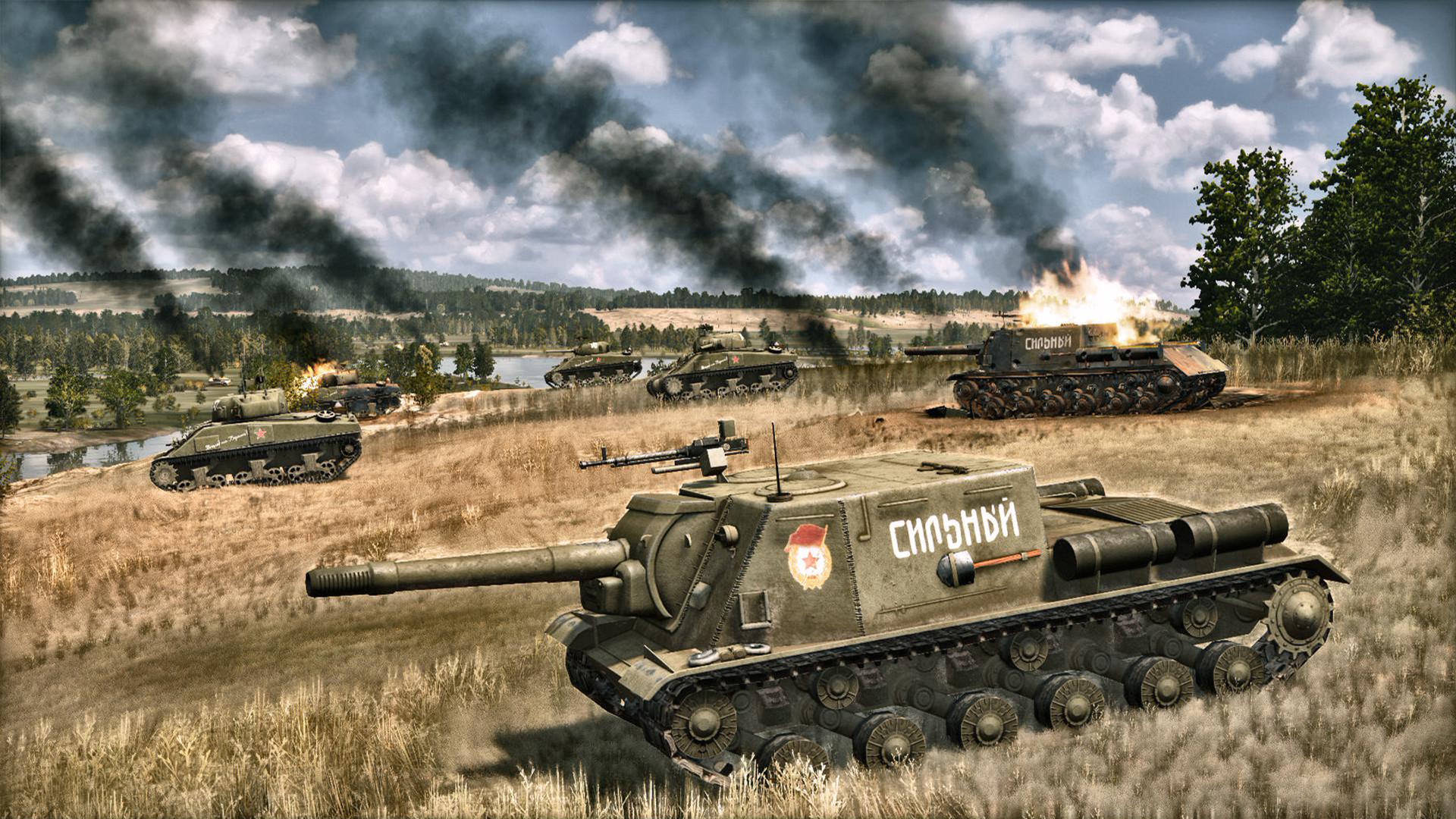
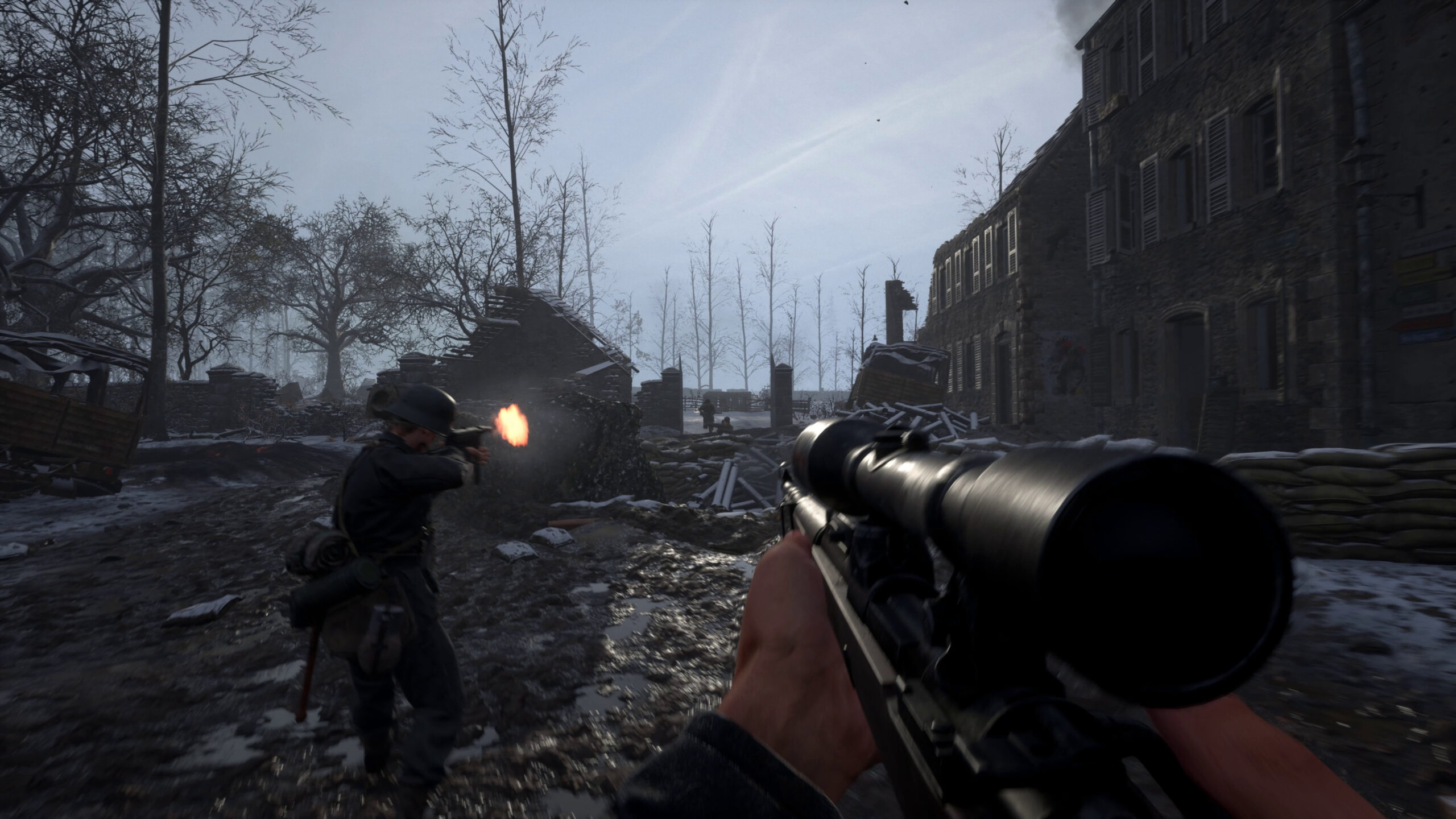
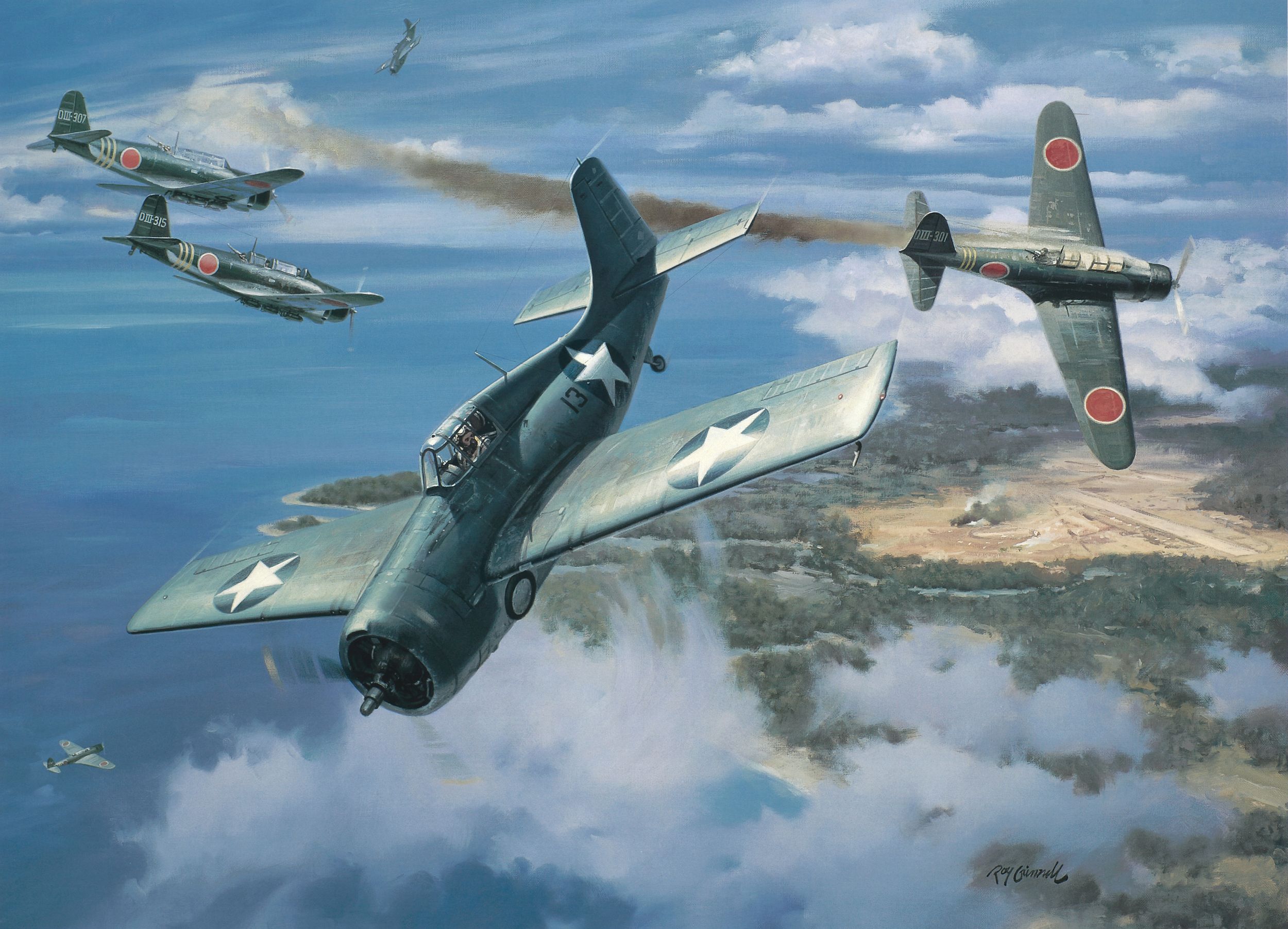
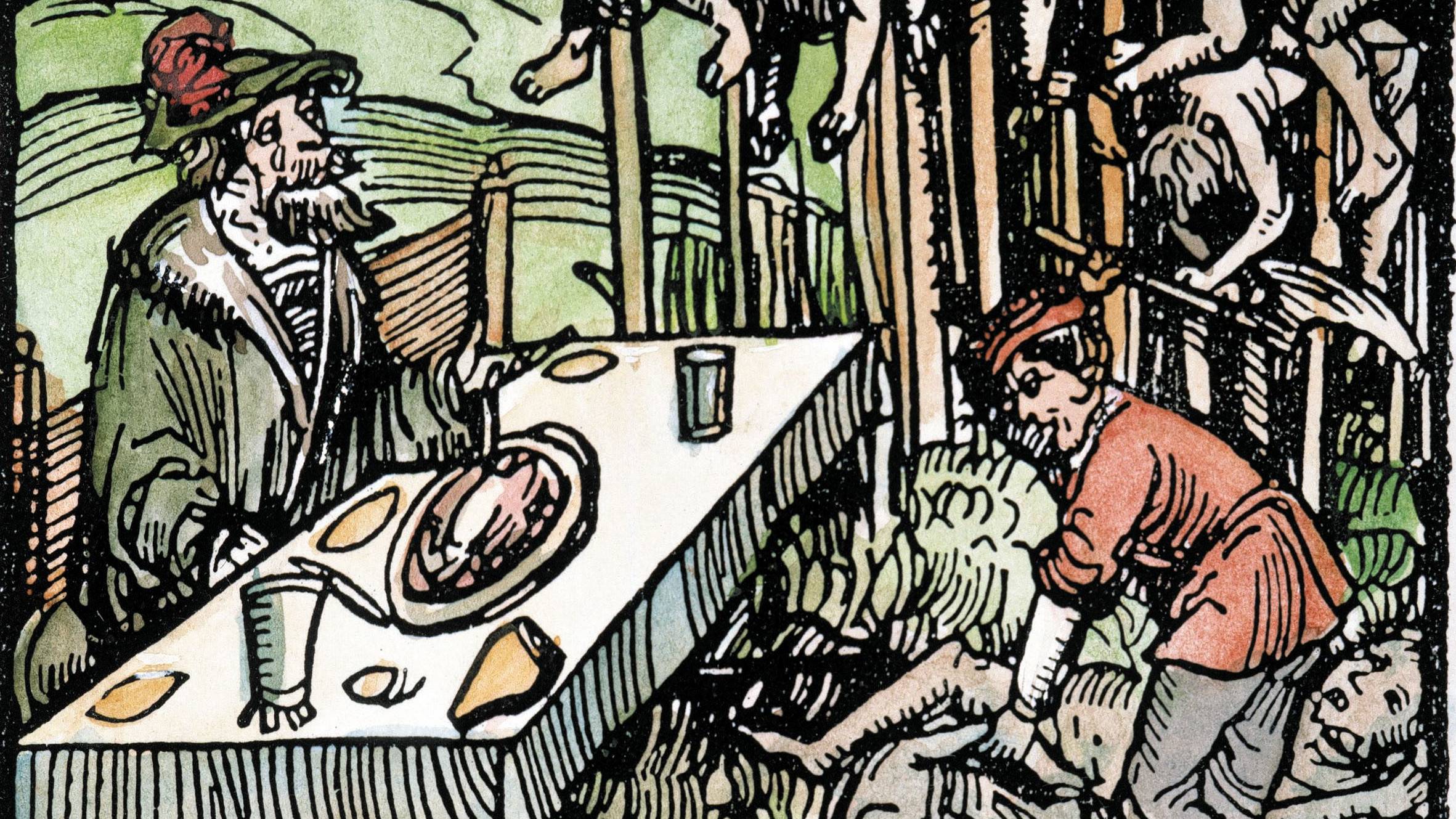
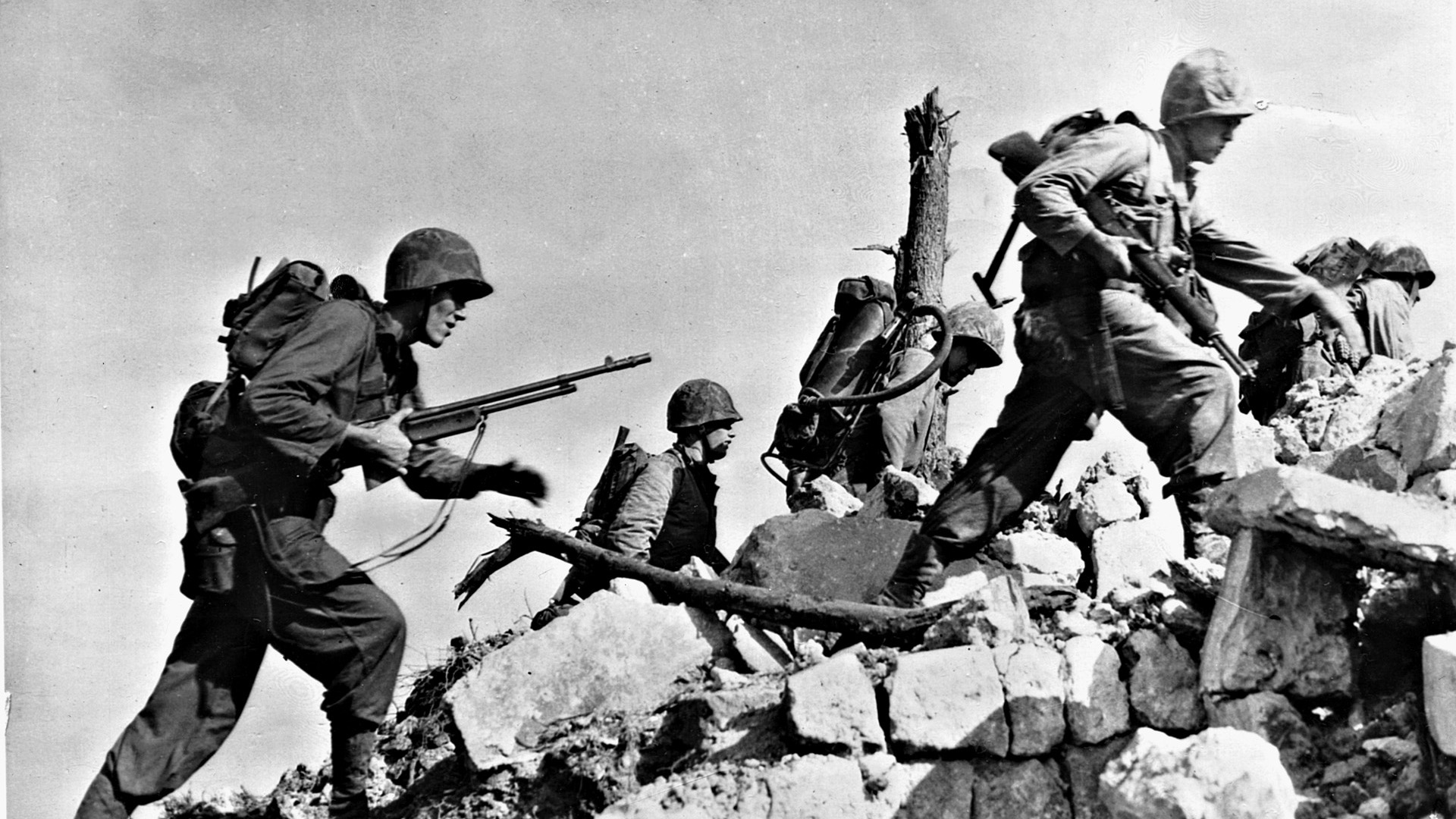
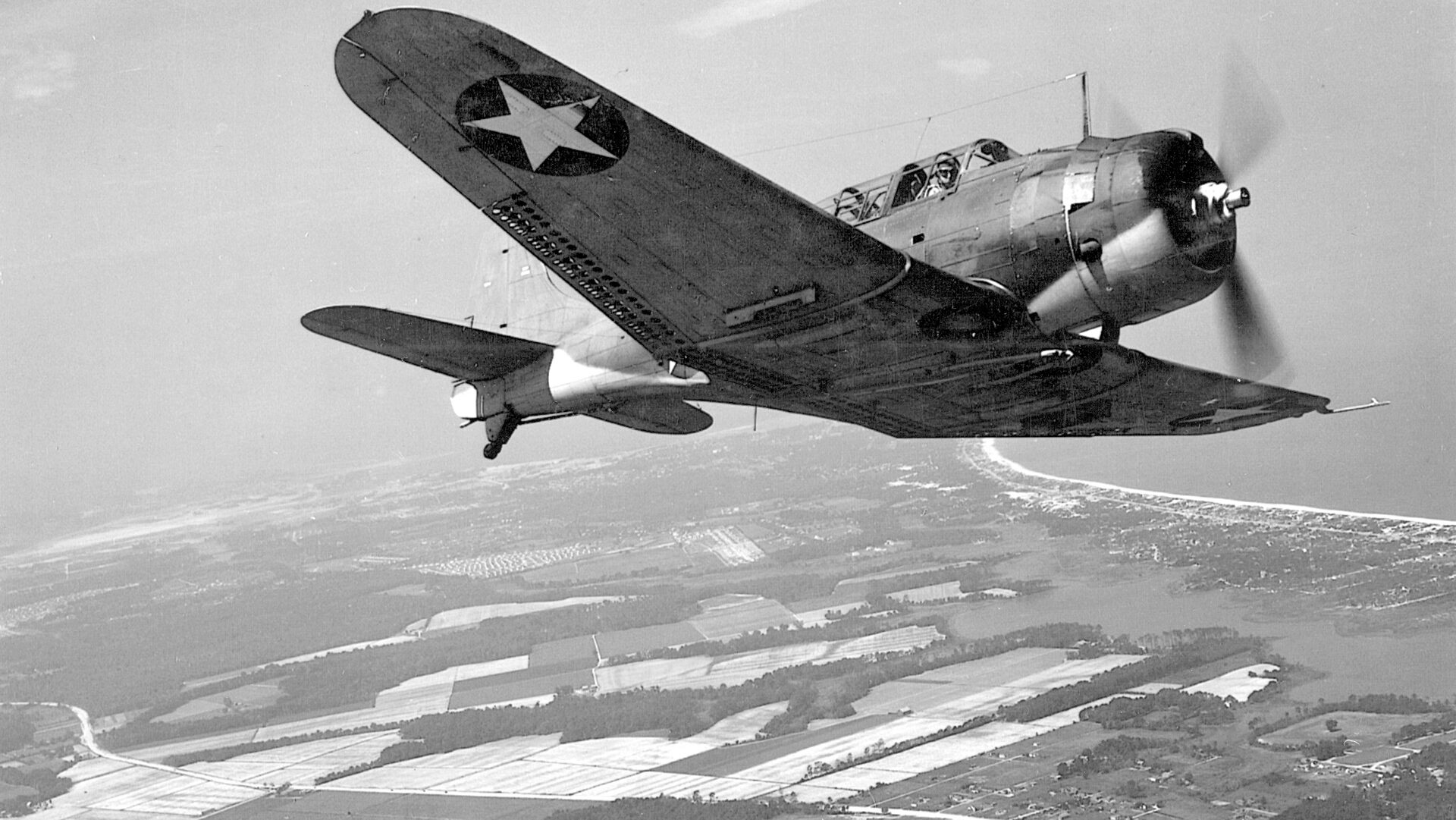
Join The Conversation
Comments
View All Comments